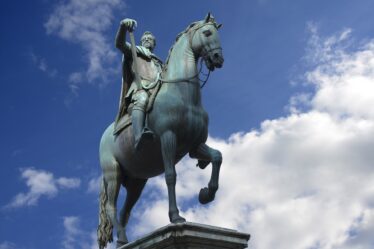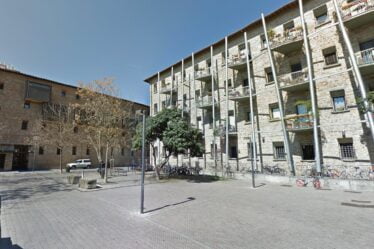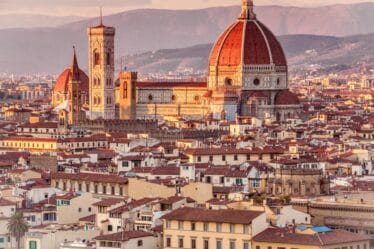
The Tower Tax Conflict was a significant event in the medieval history of Florence. This dramatic episode, involving the Badia Fiorentina Church, reflects the power struggles between religious institutions and the civic government during the 14th century. In this article, we will explore the story behind The Tower Tax Conflict, why it happened, what it meant for the city, and how it shaped Florence’s skyline.
Historical Background of The Tower Tax Conflict
To understand The Tower Tax Conflict, we must first dive into the political climate of Florence in the early 1300s. During that time, the Republic of Florence exercised strict control over both its citizens and religious institutions. Taxes were imposed on everyone, including churches and monasteries. However, the monks of the Badia Fiorentina, a prominent Benedictine abbey near the Bargello Museum, refused to comply with a new tax levied by the city government.
According to historical sources, such as Wikipedia’s page on Badia Fiorentina, the monks not only refused to pay the tax but also took a dramatic step: they rang the church bells to rally the population in their defense. This bold act was seen as a serious act of rebellion against the Florentine authorities.
The Dramatic Demolition: Consequences of The Tower Tax Conflict
As a direct consequence of The Tower Tax Conflict, the government decided to make an example of the Badia Fiorentina. In 1307, city officials ordered the upper part of the bell tower to be demolished. This punishment was both symbolic and practical: it reduced the visual and symbolic power of the monastery and served as a warning to others.
Chronicler Giovanni Villani, one of Florence’s most famous medieval historians, described the event in detail. He recorded that the city militia was sent to physically knock down the upper section of the tower. This action drastically altered the appearance of the Badia Fiorentina and marked an important chapter in the city’s long tradition of civic enforcement.
For those interested in historical records, you can read more about Villani’s chronicles on Florence Inferno.
The Rebuilding Period: Architectural Response to The Tower Tax Conflict
However, the story of The Tower Tax Conflict did not end there. Between 1310 and 1330, a new bell tower was constructed over the remaining square base of the old one. This new design featured a hexagonal plan, quite unusual for Florence at the time. The reconstruction was commissioned under the supervision of Cardinal Napoleone Orsini, reflecting both religious determination and political compromise.
Architecturally, the new tower incorporated a mix of Romanesque and Gothic styles, which were popular in Florence during the early 14th century. The rebuilt tower reached approximately 70 meters in height and was topped with a decorative spire and a weather vane shaped like an angel.
For those planning a visit today, the Badia Fiorentina tower remains a striking part of the Florence skyline. You can check current visiting information on the Ciao Florence website.
The Legacy of The Tower Tax Conflict in Modern Florence
Even today, The Tower Tax Conflict serves as a reminder of Florence’s turbulent medieval past. The Badia Fiorentina continues to be a place of worship and history, attracting visitors from around the world. Its unique tower stands not just as a religious structure but also as a historical monument representing power struggles and resilience.
Moreover, the event is often cited in studies about church-state relations in medieval Italy. For an in-depth academic analysis, you can consult specialized history books or online resources such as Curiosità su Firenze.
In conclusion, The Tower Tax Conflict is more than just a story about taxes and towers. It is a key chapter in the ongoing narrative of Florence’s history, one that continues to fascinate both historians and casual visitors alike.



